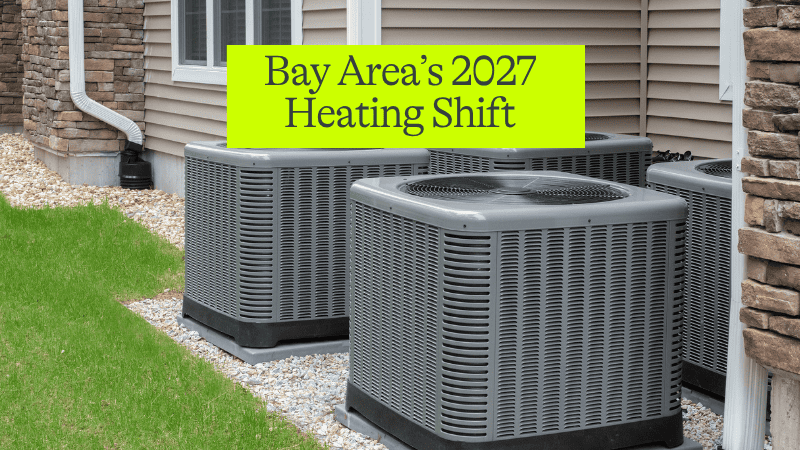Building a Gigaton-Scale Brand
By
Trent Wolbe

The Gigaton Salon at SF Climate Week 2024, co-hosted by Harvest, Impulse, and The Abundance institute, focused on Gigaton-scale solutions to climate change. Isaias Hernandez (aka QueerBrownVegan) spoke with Kayalin Akens-Irby, head of growth at Planet FWD, about what it takes to build a consumer brand with gigaton-scale impact, from the ground up.
Isaias: Kayalin, who are you and what is Planet FWD?
Kayalin: Planet FWD is the leading decarbonization platform for consumer companies. We aim to solve the climate-related needs of sectors like food and beverage, beauty, personal care, and fashion. The consumer goods industry is responsible for about 60% of global emissions.
If you're a consumer company, it is probably the case that about 90% of your emissions are in your supply chain or scope three emissions. These supply chains are often extremely complex and global, requiring vast amounts of data to understand and reduce emissions.
The only way for consumer companies to achieve net zero and achieve their emissions reduction targets is to continue to grow, but to grow by selling more low-emissions products. And so they have to innovate to reduce the emissions intensity of their products.
Planet FWD has developed two main software products, with more on the way:
Automated Life Cycle Assessment (LCA): This product measures the cradle-to-grave impact of consumer goods across emissions, water, land use, and energy. We've reduced the cost and time of conducting standard LCAs by about 90%, which is crucial for consumer companies to integrate this information into their product development decisions.
Corporate GHG Inventory Solution: This product handles scope one, two, and three carbon accounting. We use LCA data and models to power the scope three footprinting for consumer companies. This means we can accurately account for their current supply chain activities, like regenerative sourcing, innovative packaging, and operational improvements.
We also employ machine learning to identify emissions reduction opportunities across the entire company or supply chain. This helps sustainability leaders understand what actions to take, why they should take them, and the potential impact of those actions.
What does it actually cost to be a sustainable brand?
Isaias: There's this idea with consumers that sustainability is not affordable. They ask: “Why would you put this on me?” Can you shed some light on this from the mass consumer perspective? How have you managed to market these products from a price perspective?
Kayalin: There are real costs related to sustainability. I can't underplay that. For companies to do this work, whether it be the transition costs of moving to regenerative agriculture or more expensive inputs, or the upfront cost of switching to renewable energy, those are real. Many of these investments are cheaper in the long term, but there are certainly upfront costs that have to be justified.
However, there's also a lot of cost-saving opportunities. Some quick wins we recommend to brands include lightweighting packaging. This is a savings opportunity — less packaging means lower shipping costs. There are other similar opportunities as well.
But the biggest cost related to sustainability is actually not becoming sustainable. That's the bigger risk today. There's a misconception that price premiums are available to more sustainable brands. While that's true to some extent—similar to how a healthier product might command a higher price, like a $20 Hailey Bieber smoothie—it's not the price premium that should drive the effort.
The real value lies in growth opportunity. A recent BCG report indicated that over the next six years, $68 billion in purchasing power will shift from Boomers to Millennials and Gen Z, making them the largest consumer category. While they might not pay more for sustainable products, they will favor them. This translates to growth potential, meaning more of your products will be sold, increasing volume. Over the last five years, companies making ESG-related efforts have seen this trend play out.
Do we need to slow down our economy to fight climate change?
Isaias: Do you believe our capitalist system is actually offering real pathways towards a livable future, and at the speed and scale dictated by the climate crisis? Considering the IPCC report and scientists' statements that we need to slow down our economy, how does this align with sustainability goals?
Kayalin: Yeah, that's a tough one, 100%. The reality today is that growth remains the number one driver for creating shareholder value, and that's not going to change anytime soon. So, we need to meet companies and our economic system where they are. The only way for companies to achieve net zero is to continue to grow, but by selling more low-emission products. This requires a lot of innovation.
That's why Planet FWD focuses on reducing the cost and time of conducting life cycle assessments and turning them into decision-making tools for brands. This helps them reduce the emissions intensity of their products over time.
Many of our companies are growing their revenue each year and, in some cases, their emissions have grown as well. However, their emissions intensity has dropped, meaning their emissions per dollar of revenue, per product, or per employee have decreased. While we're working towards achieving absolute reductions, it's also important to see emissions intensity as an indicator of improvement.
Philosophically, we can't let perfection be the enemy of progress. We don't have time to wait. If we were to argue that capitalism is broken and needs to be undone to solve climate change, we'd be stuck for a long time. We need to make as much progress as quickly as possible within the current system, working on all fronts to get as far as we can.
This interview was edited for length and clarity. You can watch the entire interview here.

.png)
.png)


.png)
.png)
.png)
.png)
.png)
.png)

.png)
.jpg)
%20(2).png)

%20(1).png)

%20(3).png)

%20(1).png)
%20(5).png)
%20(3).png)
%20(1).png)
.png)
.png)
.png)
%20(4)%20(1).png)
.png)

%20(11).png)
%20(10).png)
%20(6).png)
%20(4).png)
%20(3).png)
%20(10).png)
%20(6).png)
%20(1).webp)
.jpg)
%20(4).png)
%20(2).png)
.png)
%20(2).png)
.png)












.jpg)



%20copyminimal%20_0.1.jpg)




















